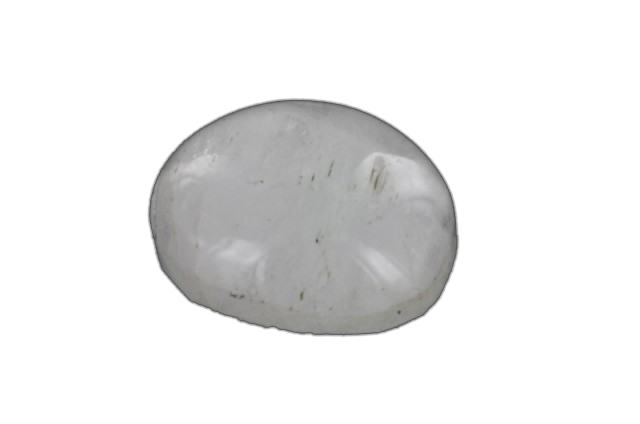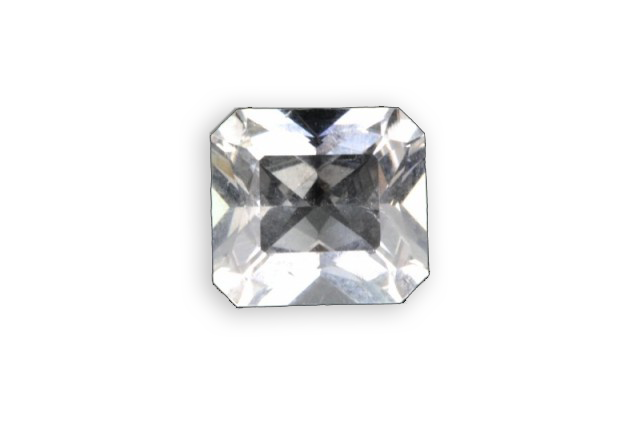
colourless
Je vous emmène à travers mes vidéos découvrir mon expérience acquise depuis plus de 30 ans a silloner le globe entier à la recherche de pierres précieuses, de rencontre mémorables mais aussi de difficulté parfois …
actualités
Categories



phosgenite
ck_admin
March 24, 2021
Discovered in England, its name comes from the Greek “phos” meaning “light” and “genan” – “which leads “, in connection with its lights characteristic, was given by Haidinger. Karsten, who had described it in the early nineteenth century had named it hornblei.


oligoclase
ck_admin
March 24, 2021
From the family of plagioclase, its name comes from the Greek “oligo”, a little bit, and “klassos” break, because it is a feldspar whose cleavage is more difficult than for others. It is part of the albite-anorthite series. It was identified by Breithaupt in 1826.




